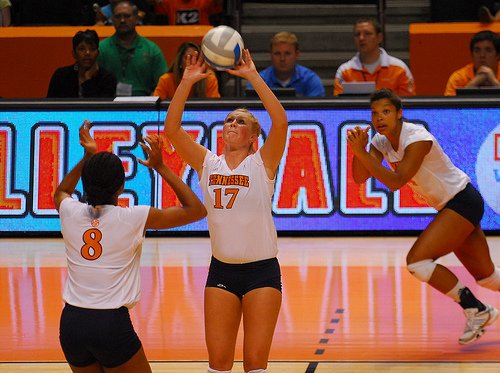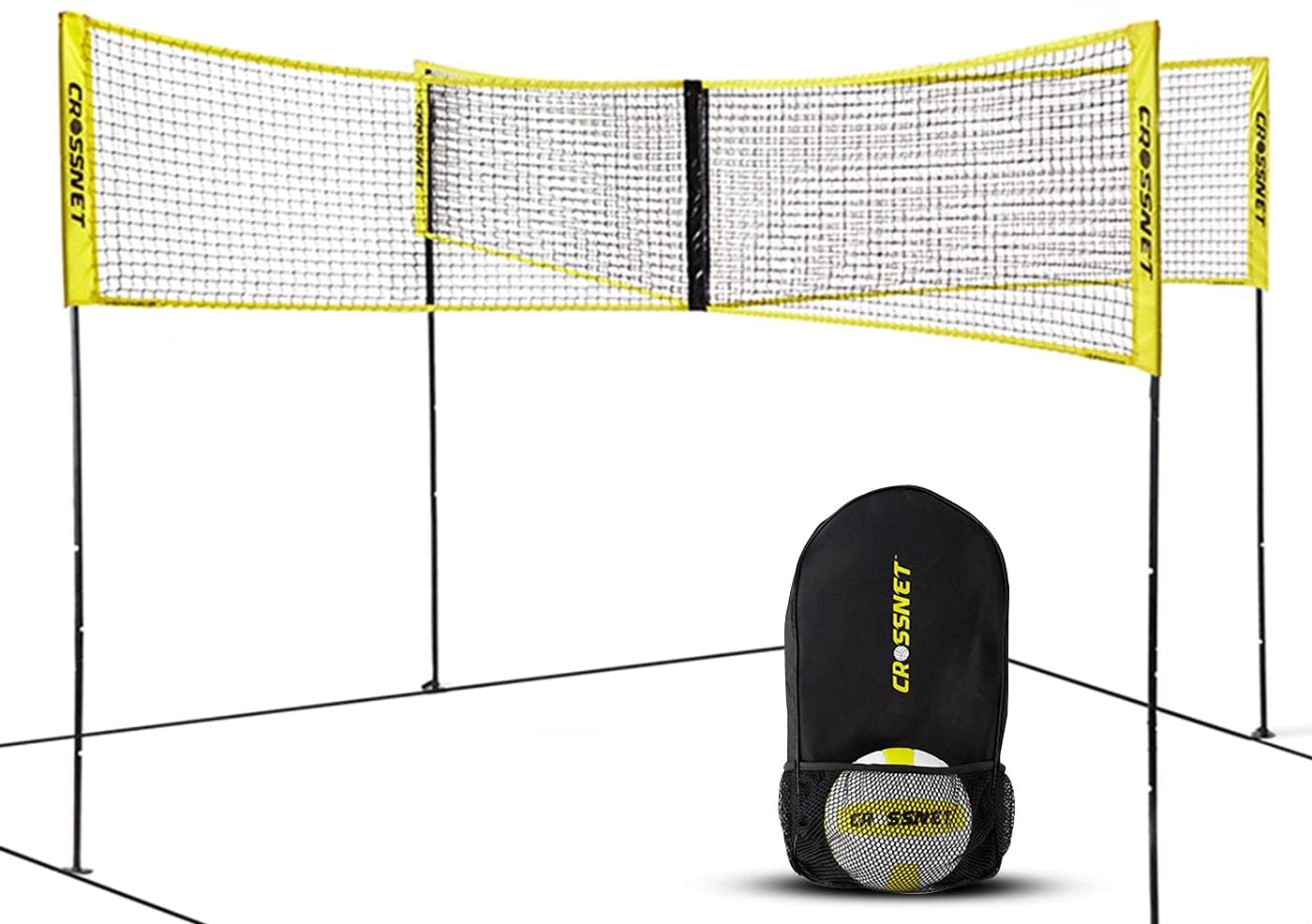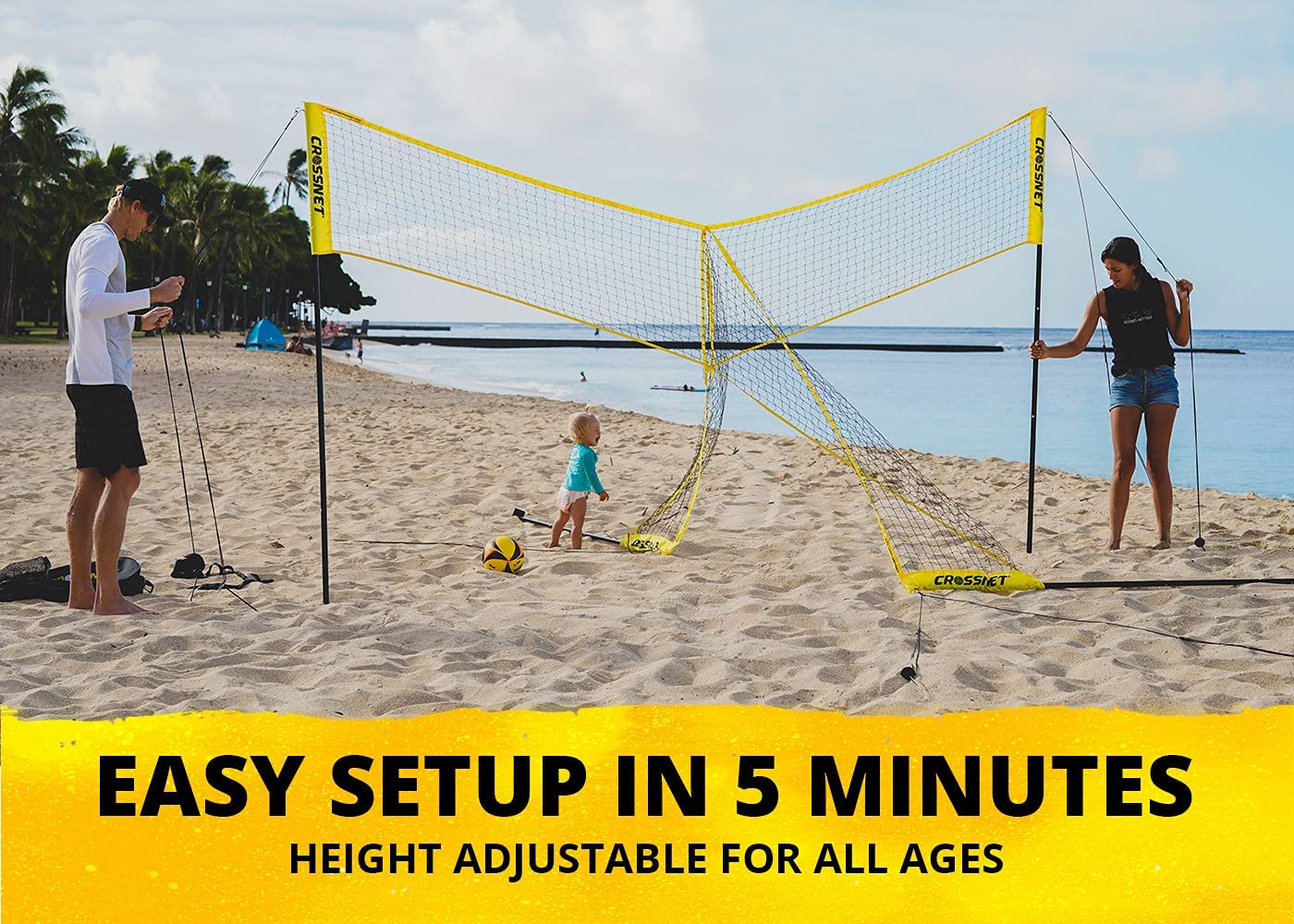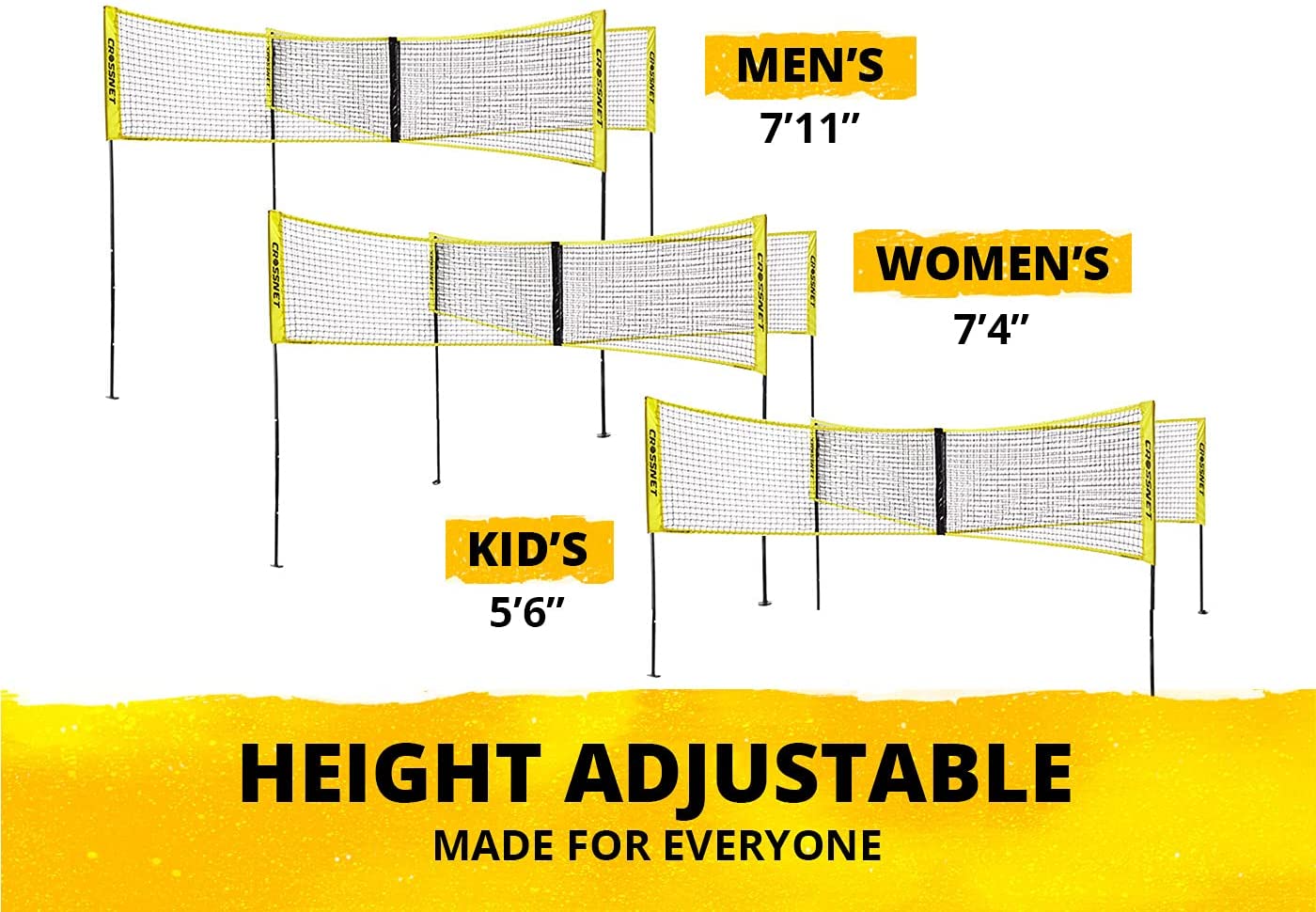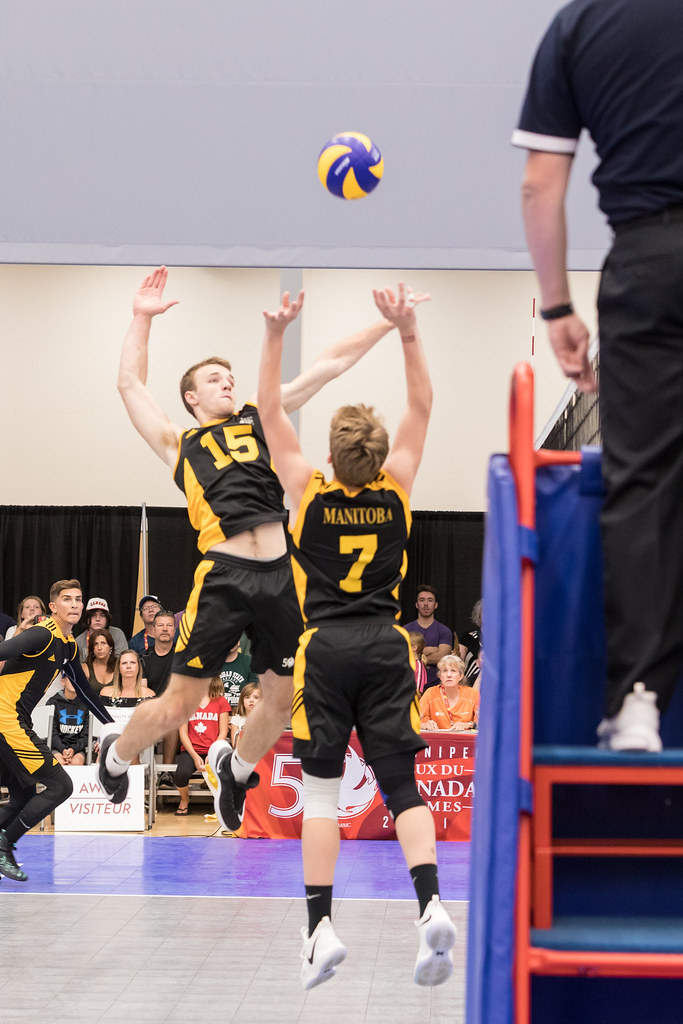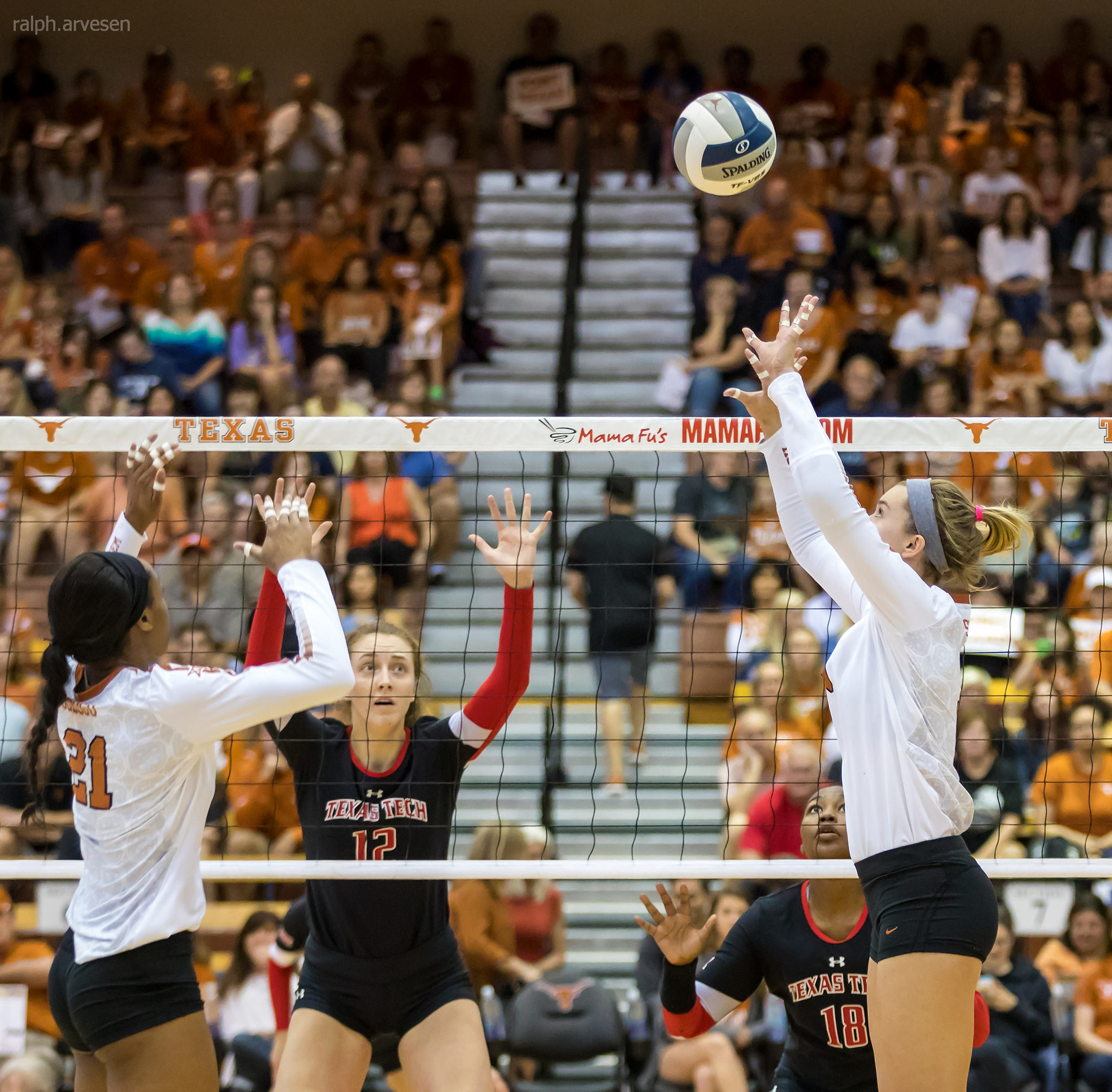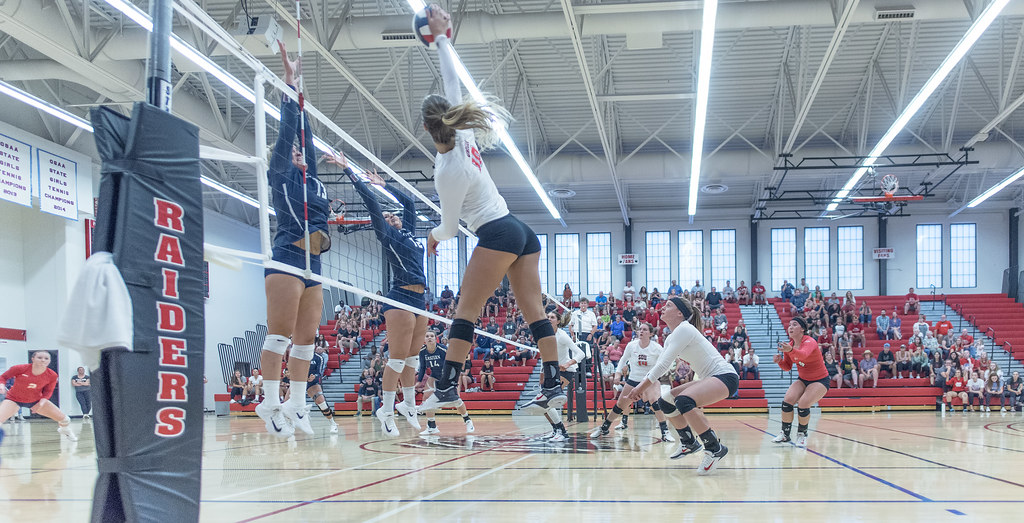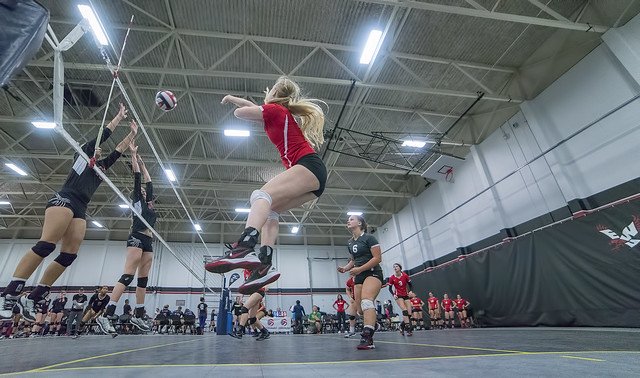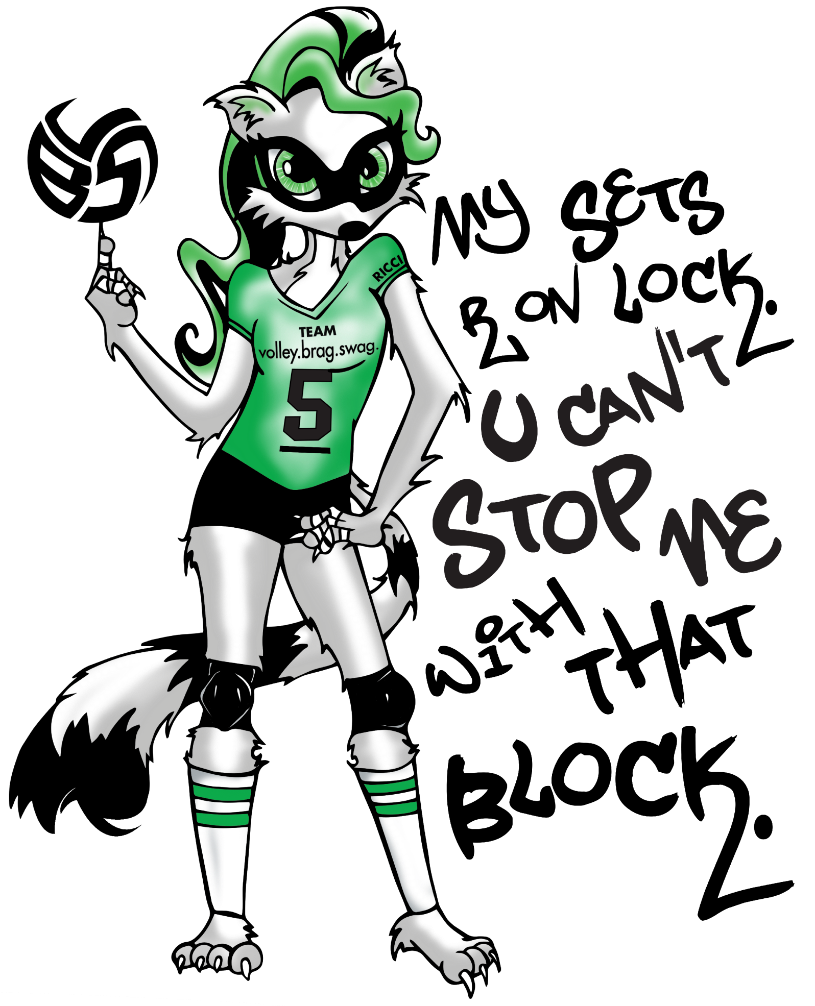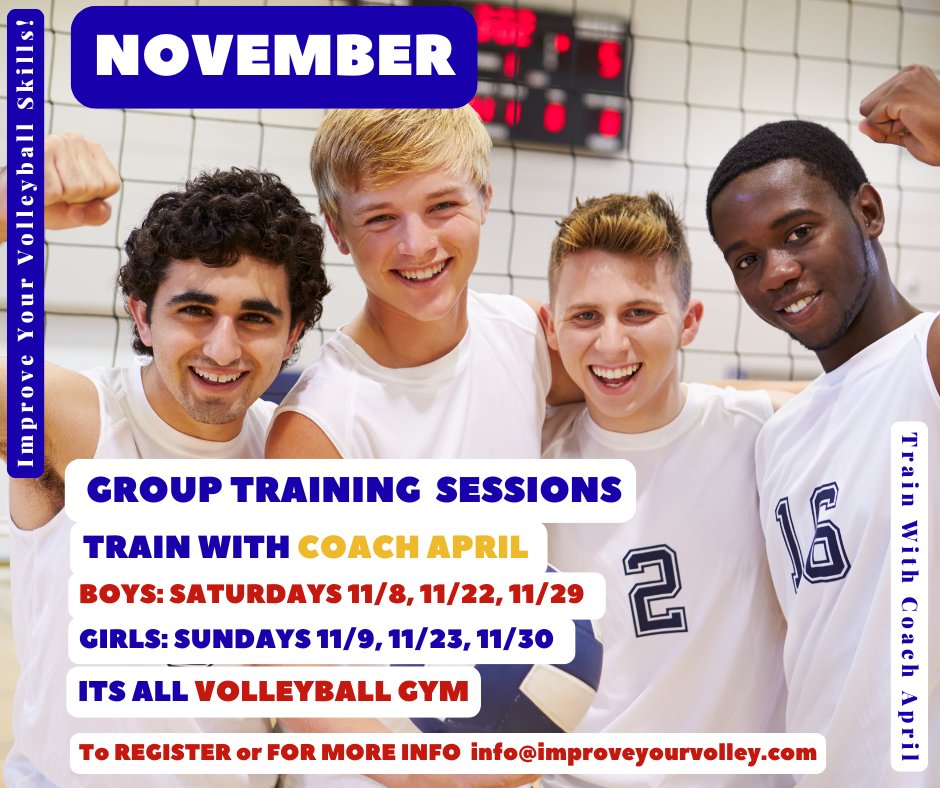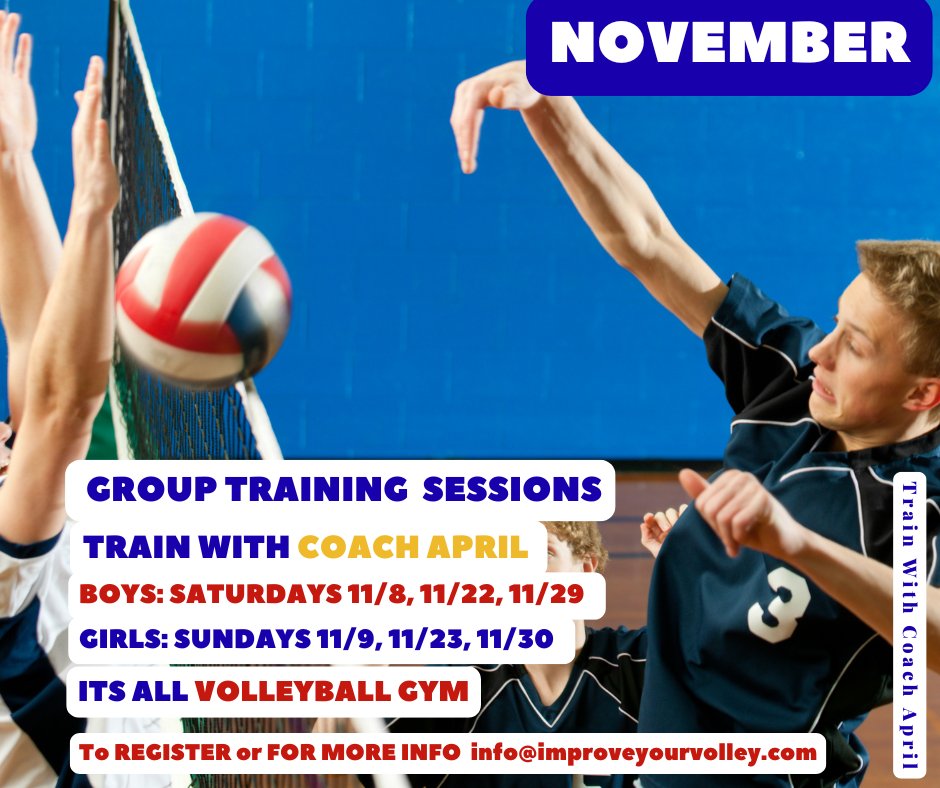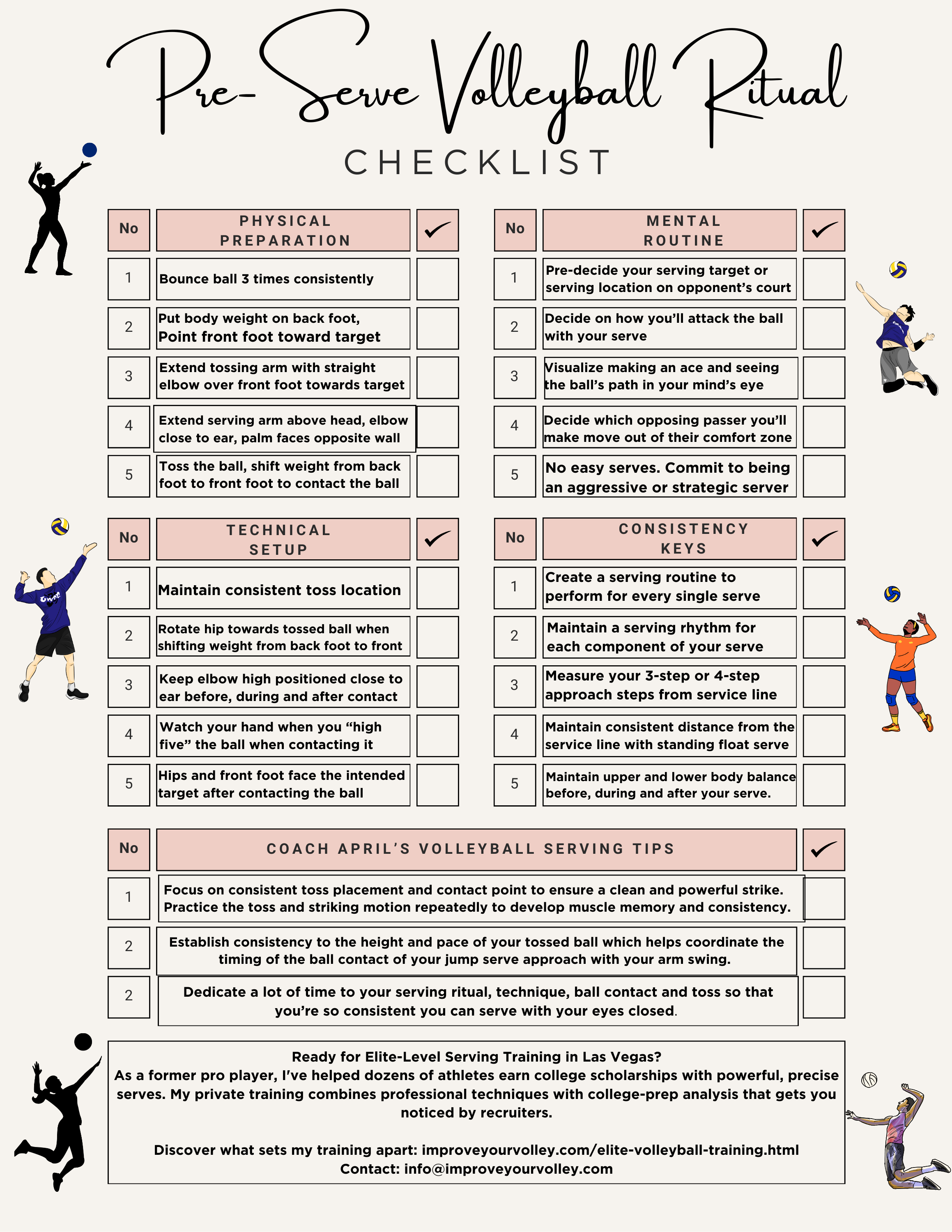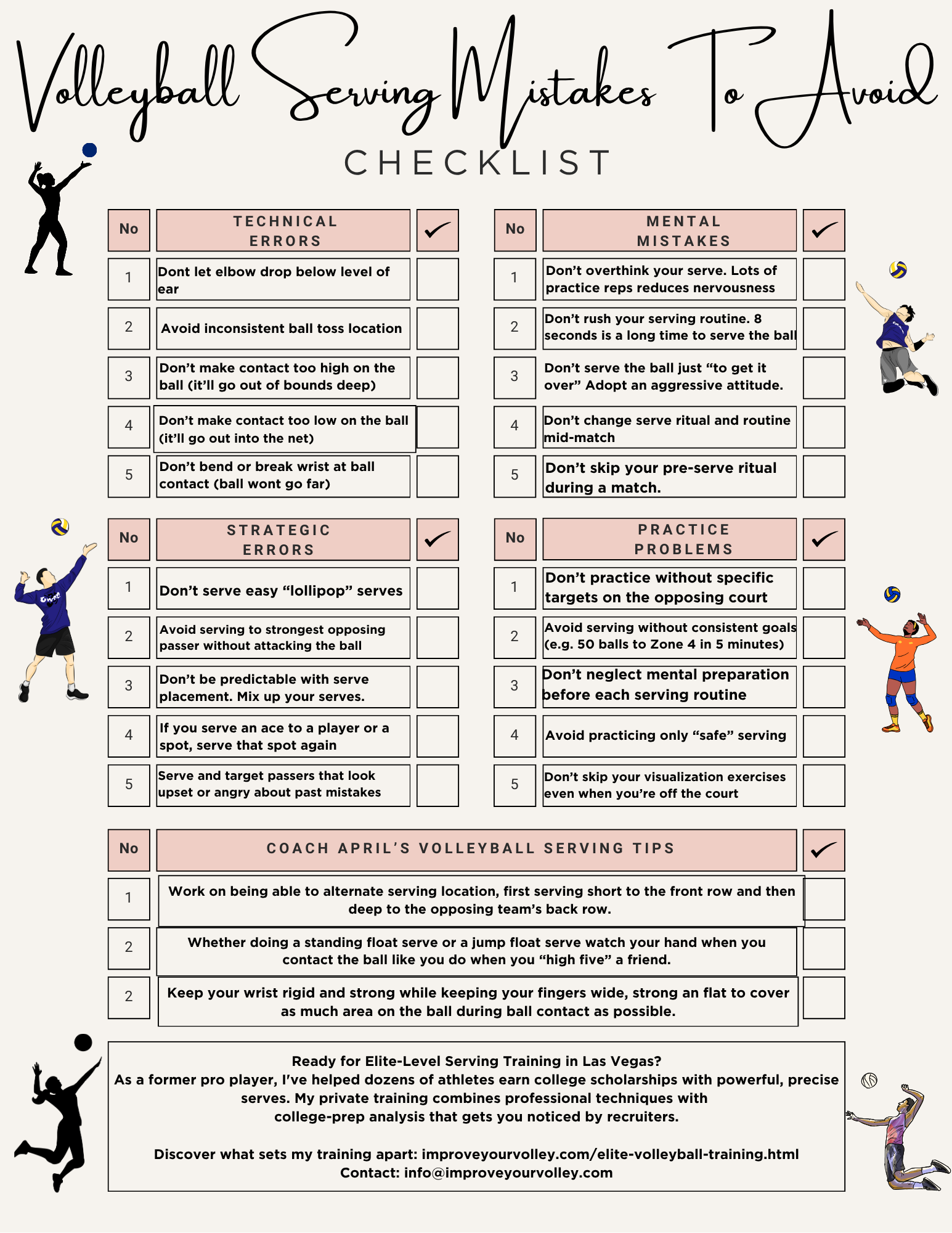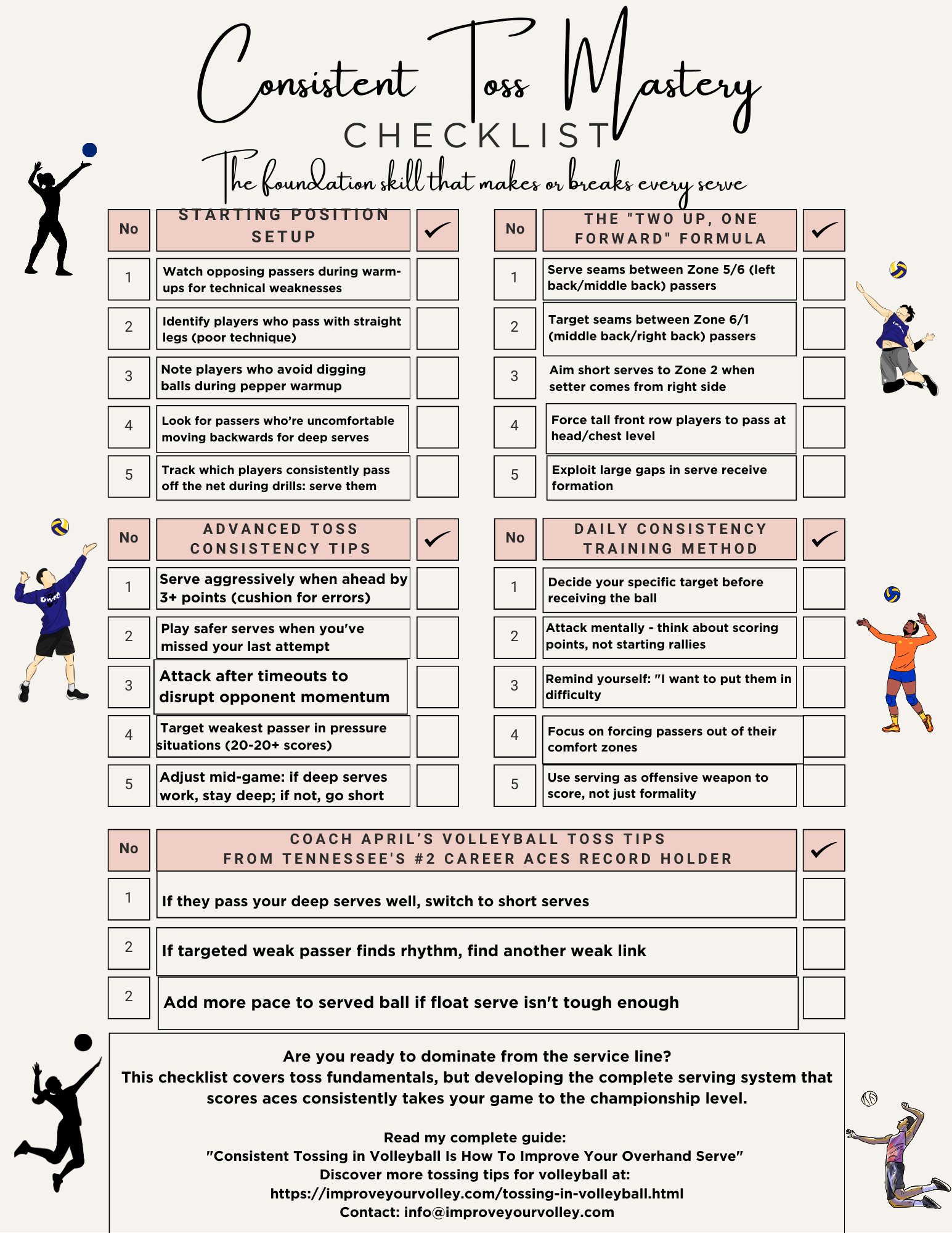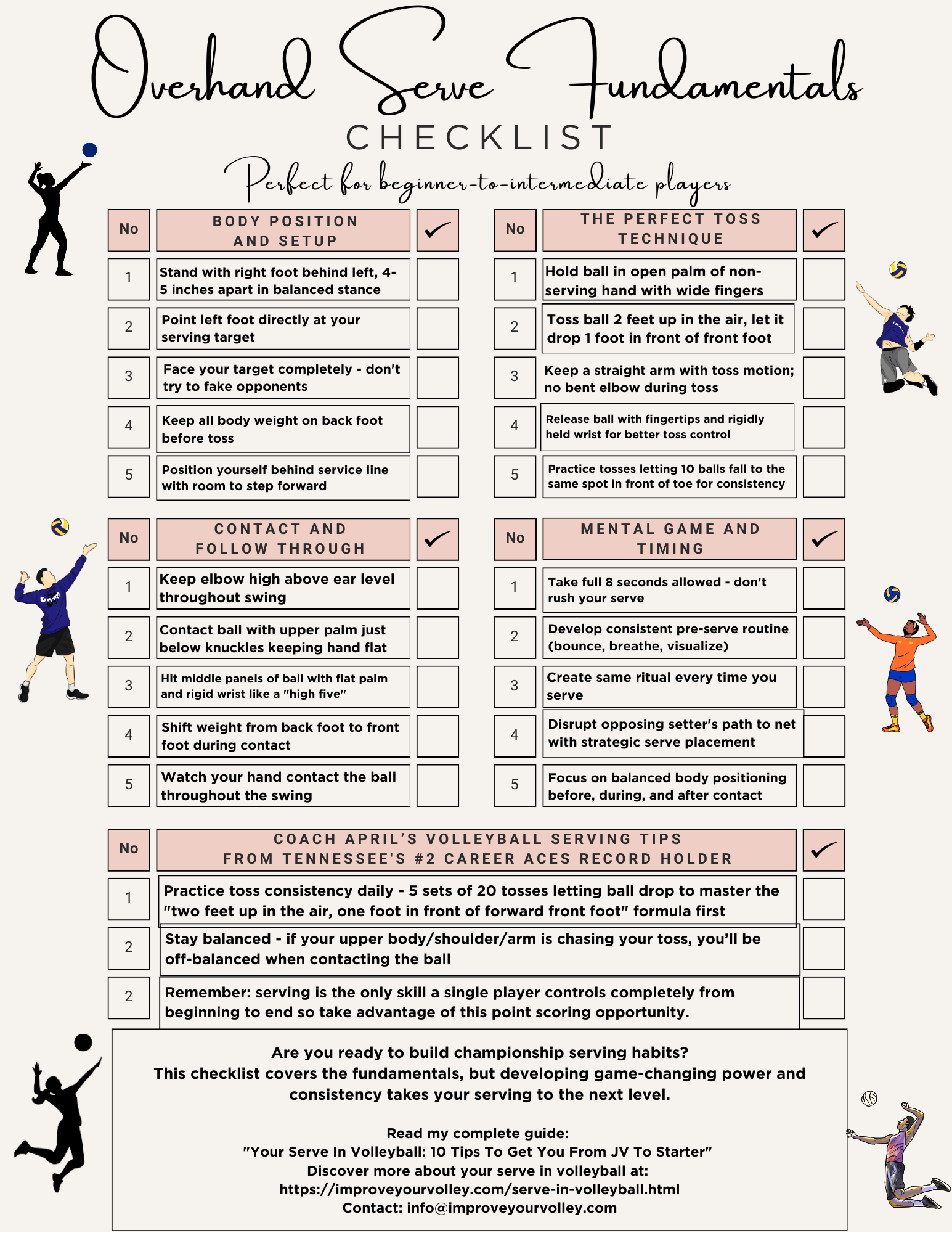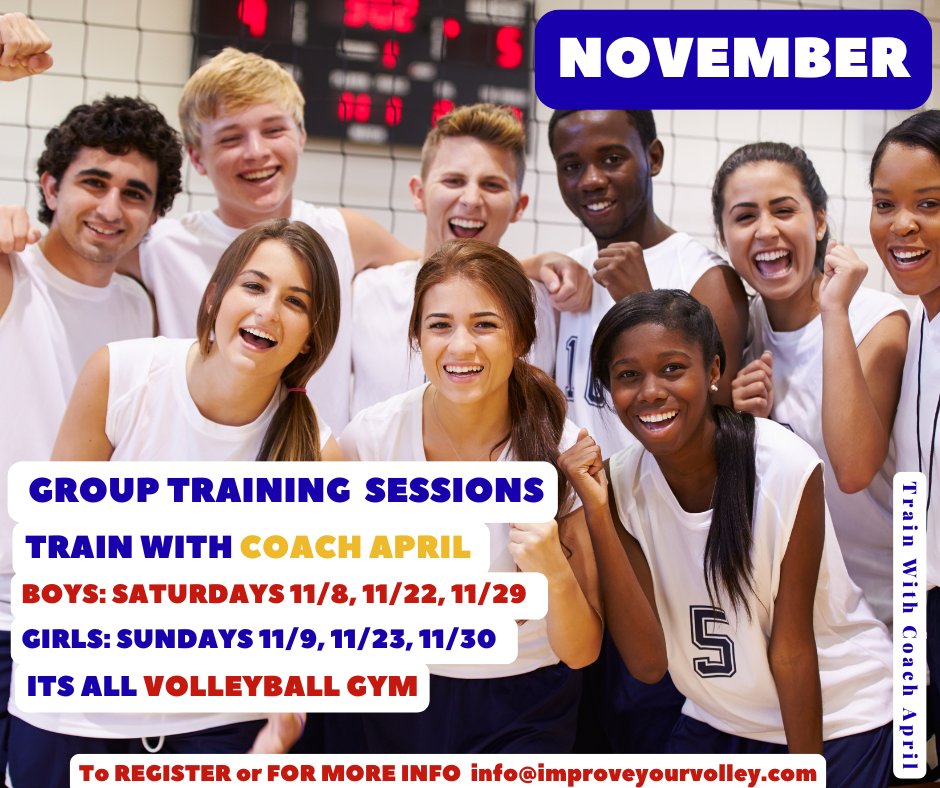 NOVEMBER Group Training with Coach April
Registration is NOW open for Group Training Sessions with me Coach April For BOYS on SATURDAYS 11/8, 11/22, 11/29
For GIRLS on SUNDAYS 11/9, 11/23, 11/30
From 10-11am at the Its All Volleyball gym.
Email: info@improveyourvolley.com to register or for more information
NOVEMBER Group Training with Coach April
Registration is NOW open for Group Training Sessions with me Coach April For BOYS on SATURDAYS 11/8, 11/22, 11/29
For GIRLS on SUNDAYS 11/9, 11/23, 11/30
From 10-11am at the Its All Volleyball gym.
Email: info@improveyourvolley.com to register or for more information- Improve Your Volleyball with Coach April
- Volleyball Positions: What Are The Six Volleyball Roles
- Setters Volleyball Player Roles,
Setters Volleyball Player Roles, Rules and Responsibilities Explained
Setters volleyball player responsibilities are to run the team's offense and they call the plays hitters run against blockers like a quarterback in football.
The setters volleyball player responsibilities include calling the offensive plays and getting to every second ball in order to run the team's offense by setting the hitter most likely to score a point or sideout.
When we say "the setter runs the offense" it means they call the offensive plays either verbally or with pre-determined volleyball hand signals which communicates to each hitter in the front row and sometimes the backrow, what set she is going to set them.
This is how the hitters know what type of ball they will be expected to hit.
If you're a setter just learning easy volleyball plays and understanding what types of sets your hitters are most effective hitting, you will more than likely run a slow offense with high sets to your hitters.
As you become a more experienced setter, you will give faster sets that are lower to the net to your hitters, who will speed up their approach steps to the net so they can hit a faster paced ball.
Depending on how fast the setter wants to run their offense, they learn to deliver different kinds of sets (fast, slow, high, low) to their different hitters along pre-determined areas on the net.
A Setters Volleyball Role Is to Run The Offensive Plays
The setters volleyball role on a team of six players, is to be the leader on the court.
Their responsibilities are to
- call the plays to each of their eligible hitters
- get to every second ball served to their side during a rally and
- to run the team's offense by setting the hitter most likely to score a point or sideout.
Like the point guard or the quarterback, the setter volleyball player delivers or "sets" the ball to a teammate who's responsible for scoring or attempting to score the actual points.
This is called running the offense.
Does The Setter Run Slow and Easy Offensive Plays or Fast and Harder Offensive Plays
Slow and Easy Offensive Plays
When learning or practicing basic volleyball skills the setter will usually call the following types of sets which are parts of the offense they choose to run with their hitters.
Their outside hitters will practice hitting high balls delivered to them outside and near the antenna to either zone 4 for the left side hitters or to zone 2 for the opposites or right side hitters.
While the middle hitters work with their setter on getting quick sets that are about a foot or more above the net and delivered to them at a faster pace in the center of the net which is called zone 3.
Let's compare this to what happens in football.
The Setters Volleyball Responsibilities Regarding the Middle Hitter
If you've seen a football game, the quarterback hands off the ball quickly to a running back.
I would compare this to what the setter delivers in the middle to the middle blocker.
He/she gives a quick set to the middle blocker, in the middle of the net, or anywhere in zone 3 along the net.
After the quarterback gives her/him the ball, the bigger, stronger player uses speed and strength to push the ball or hit it quickly pass the defense.
A Setters Volleyball Responsibilities Towards The Outside Hitters
Still using the football analogy, if the quarterback chooses to throw a long pass down the field the expectation is that their wide receiver will outrun or outjump, the opposing defensive players in order to get the ball into the end zone.
I would compare the "long pass" scenario to when a setter sets the ball much further away from her base position, to one of her outside hitters in the hope that they do the same thing.
They outjump and outhit the opposing team's defensive players, better known as outside blockers, in order to score a point for their team.
Like wide receivers and cornerbacks the outside hitters are usually the most athletic players on the team.
Instead of relying on just using speed and strength to beat the opposing defense, the outside hitters use their speed combined with their high vertical jumping ability to score points against the defense.
As you can see there are a lot of similarities between football and volleyball, one of the biggest ones is the role of the setter volleyball player.
Do You Follow Me on Pinterest?
 Private or semiprivate volleyball indoor/sand lessons are an excellent way for young Las Vegas high school volleyball players to quickly improve their individual skills through a private or semi-private coaching experience.
These lessons are conducted by former pro volleyball player, former USA Volleyball High Performance instructor and Evaluator and Tstreet Vegas 18s head Coach April Chapple on a weekly basis.
Sign up now!
Private or semiprivate volleyball indoor/sand lessons are an excellent way for young Las Vegas high school volleyball players to quickly improve their individual skills through a private or semi-private coaching experience.
These lessons are conducted by former pro volleyball player, former USA Volleyball High Performance instructor and Evaluator and Tstreet Vegas 18s head Coach April Chapple on a weekly basis.
Sign up now!Follow me on Pinterest Volleybragswag to improve your game even faster!
I share alot of individual, partner and easy-to-do volleyball serving drills we do in class with my followers.
Many of these volleyball practice drills you can do at home by yourself or try at your next practice with your teammates.
If you're a B team or JV player trying to make varsity next year...your goal should be to complete 1000 reps a day of at least three of the basic skills on your own...volleyball passing, serving and setting should be at the top of the list.
Volleyball Positions:
Where Should You Go From Here?
Good times! Where do you need to go now? Here are three options:
- Learn more about the Setters Volleyball Roles and Responsibilities by exploring the Related Links below.
- Follow the suggested reading on our Sitemap page Learning How To Play (Sitemap)
- Or visit the pages in the Volleyball Positions section in the drop down menu at the top of the page.
- Reintroduce yourself to Miss Ricci the Raccoon, #5 , the setter and team captain for the All Beast VolleyBragSwag All Star Team.
If your athlete struggles with consistent serve receive, gets subbed out, or is overlooked for playing time—this is the fix you’ve been looking for.

Struggling with passing consistency?
I help talented passers tired of getting pulled from games because of inconsistent serve receive skills BUILD passing confidence without expensive private lessons using the same 3-step system that's helped dozens of my athletes get recruited.
Download my eBook for $17.99 and start building the passing confidence that keeps you on the court—and gets you seen by college coaches.
From Lady Vol to Legend: Coach April Produces Powerful Passionate Players...is that you?
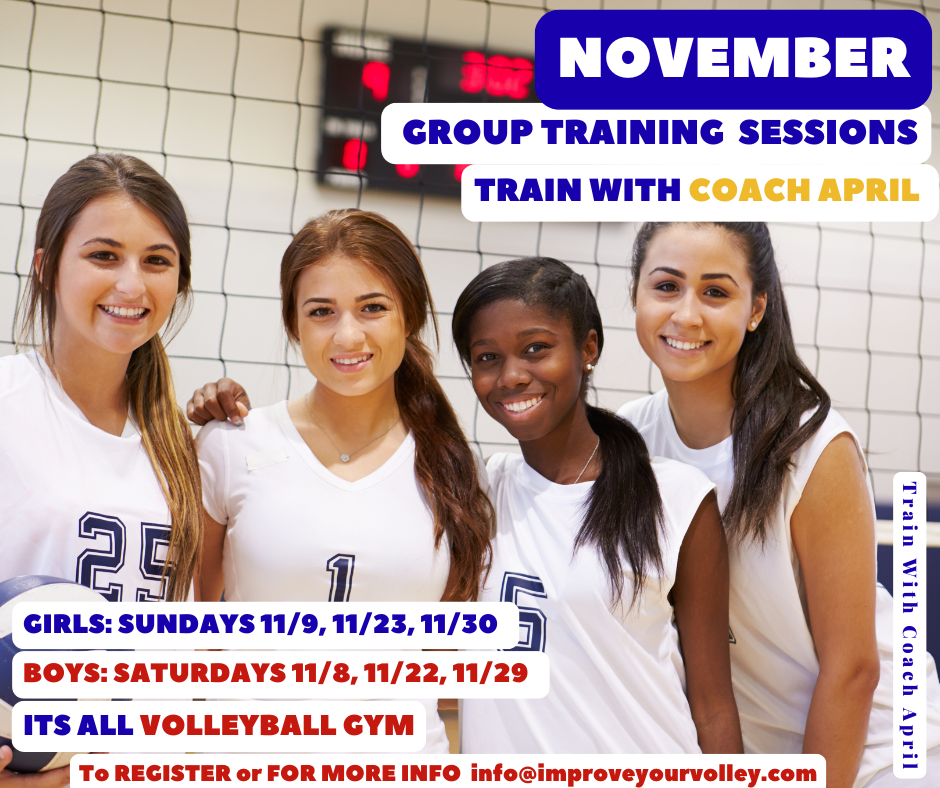
What Are You Looking For?
Click to Download Your Pre Serving Ritual Mastery Checklist pdf:
🎯Volleyball Pre Serving Ritual Guide -
Players! Learn How To Transform Your Serve from Weak to Weapon
Click to Download Your Parent's Volleyball Serving Checklist pdf
🎯Parent's Volleyball Serving Checklist Guide
Parents! Help Your Player Develop Championship Serves (Even If You've Never Played)

Hi there!
Thanks for stopping by. Hope you learned something today that will help you reach your volleyball goals.
Be sure to subscribe to my email newsletter so you can learn more each week!
Stay strong! Stay motivated!
-Coach April

SUSCRIBE to my email newsletter below!

 Click to learn more about the weekly volleyball classes and clinics or email info@imrpoveyourvolley.com for information
Click to learn more about the weekly volleyball classes and clinics or email info@imrpoveyourvolley.com for informationCongratulations to my seven Boys-18s Vegas Volley club players who played in two state championship finals yesterday, the 3A and 5A State champinship finals at Sunrise Mountain High School.
TOURNAMENT CHAMPIONS!
A-1 Vegas Volley VBC
In It To Win It Tournament
May 2 - 4, 2025 Tournament
Gold Medalists
18s Premier Division
Vegas Volleyball's Unsung Heroes: Celebrating Moms with Peace Love Volleyball Shirts
Ready to energize your volleyball mom journey?
Subscribe to my 'Producing Powerful Passionate Peaceful Players' email list above on ImproveYourVolley.com.
You'll receive energy-boosting tips, exclusive insights from me, Coach April Chapple on maintaining momentum in volleyball.
Let's power up the Vegas volleyball scene together!
Recent Articles
-
Big Ten Volleyball Media Day 2023 Player and Coach Quotes and Comments
Oct 31, 25 03:56 AM
The 2023 Big Ten volleyball media day event on August 4-5 hosted coaches and players but the big news was the addition of Oregon and Washington to the Big 10. -
College Volleyball Photo Shoot Day Lets Go Behind The Scenes To See!
Oct 31, 25 03:51 AM
College volleyball photo shoot day. Ever seen what happens behind the scenes on a collegiate picture day? The makeup, the hair, what truly happens on set? -
Famous College Girl Volleyball Players Best of '10 Where Are They Now?
Oct 31, 25 03:49 AM
Check out our volleyball list of 2010's most famous college girl volleyball players. Find out where these talented multiple volleyball award winners are today.
